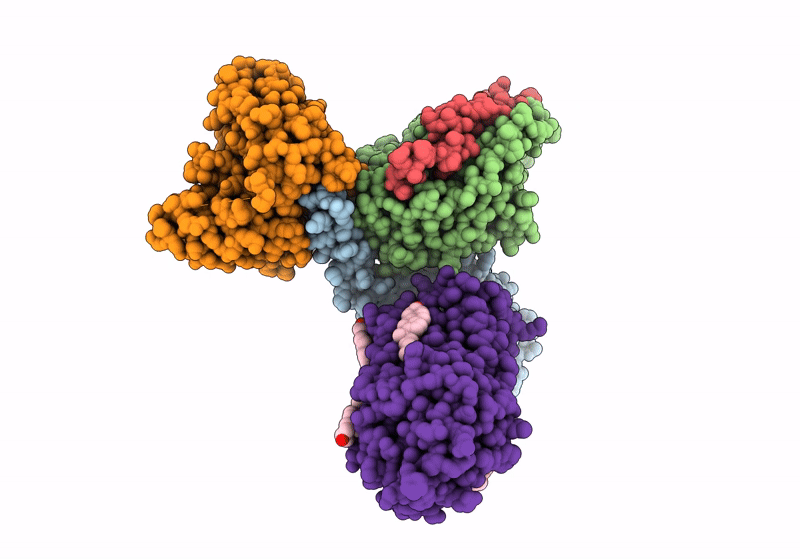
Deposition Date
2024-01-02
Release Date
2024-09-18
Last Version Date
2024-11-20
Entry Detail
PDB ID:
8XOR
Keywords:
Title:
Cryo-EM structure of the tethered agonist-bound human PAR1-Gq complex
Biological Source:
Source Organism:
Rattus (Taxon ID: 10114)
Bos taurus (Taxon ID: 9913)
Homo sapiens (Taxon ID: 9606)
Mus musculus (Taxon ID: 10090)
Bos taurus (Taxon ID: 9913)
Homo sapiens (Taxon ID: 9606)
Mus musculus (Taxon ID: 10090)
Host Organism:
Method Details:
Experimental Method:
Resolution:
3.00 Å
Aggregation State:
PARTICLE
Reconstruction Method:
SINGLE PARTICLE


